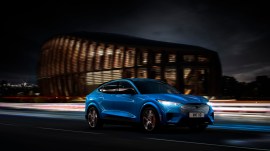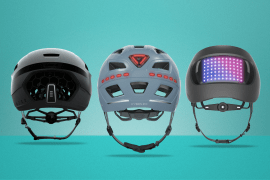Google, Drive: Why you should be pumped about self-driving cars
Robot vehicles aren't some far-off tech dream. They're already on the road, and they're set to transform driving in the very near future

We may not have jetpacks and hoverboards yet, but when it comes to transport of the future we are literally that close to robot chauffeurs who will whisk you from work to home while you put your feet up in the back seat and unwind.
Popularised by Google, developed by Mercedes, GM, Ford, BMW, Audi, Oxford University and Nissan, it’s Volvo’s announcement this week that shows the technology is about to come of age. The company plans to put a fleet of driverless cars on to the streets of Gothenburg next year.
So will your next car be able to drive itself? Or does the very idea make you want to shun the roads forever? It’s time to decide whether or not you’d trust or buy an autonomous vehicle.
I’d heard Google was making self-driving cars, but they also think the internet comes in balloons. They’re crazy, aren’t they?
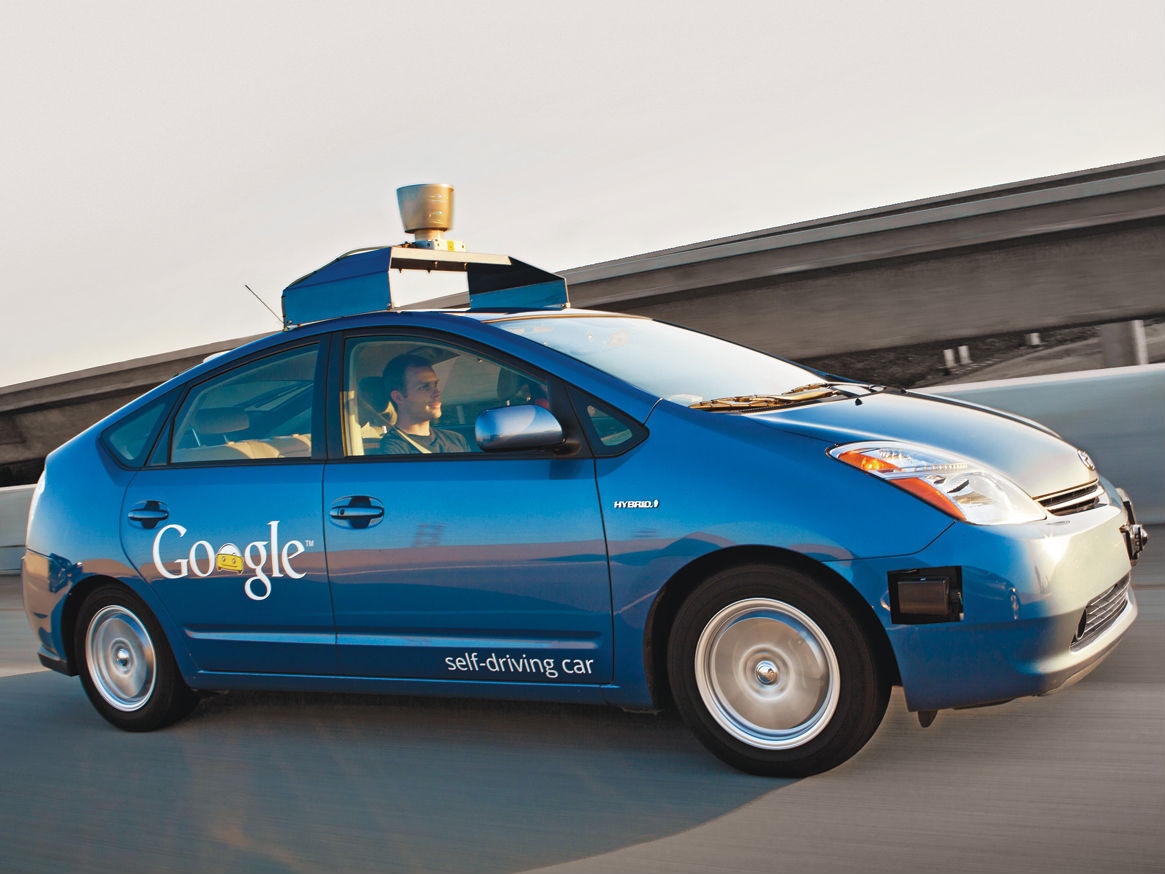
The search engine’s self-driving cars have been terrifying VIP visitors to the Googleplex for a couple of years now. The project was first unveiled in 2010, when it drove out of the fabled X Lab in a state far more mature and road-worthy than many could believe.
Just three years earlier, six teams from around the world built self-driving cars that could complete the DARPA Grand Challenge, but the fastest could only average 14mph. It was fun, but not exactly practical for fetching the shopping. The Google car, with its road-worthy intelligence, was seemingly generations ahead of everyone else.
And thanks to Google’s ingenuity and clout, the idea has caught on fast. Most motor manufacturers are investigating the tech, and city planners from San Francisco to Soweto talk about them with enthusiasm.
I bet they’re expensive, though?
Google typically uses Toyota Priuses (of course) with a US$150,000 custom rig of cameras and laser beam radar systems on top that provide the on-board computer with a real-time 360 degree view of everything that’s going on around it.
However, commercial self-driving cars shouldn’t command quite such a premium. The University of Oxford has shown off a prototype named ‘RoboCar’ – who said academics were no fun? – that costs just £5,000 today.
But robot cars? Surely they can’t be safe.
More than three and a half thousand people are killed on the roads every single day – 50% of whom aren’t travelling in cars at the time. So tell us again about those wonderful human reaction times and how awesome your driving is.
The reason tech firms from Motorola to Microsoft and transport planners are excited about autonomous cars is because taking driving out of human hands could be one of the most effective ways of saving lives since smallpox was eradicated.
Google’s cars have already proved themselves safer than human drivers, with just two minor accidents on record. One was the fault of the human driver, who had taken temporary control, the other was a rear-end shunt while the robot car was stationary.
By continually drawing 3D maps taken from lots of sensors and comparing them against each other in real-time, the promise of robot cars are vehicles that are so aware of their surroundings it’s almost impossible to crash into them. The theory is that autonomous cars are vehicles that are better at keeping following distances, don’t shoot red lights and can brake harder, faster and more safely when they detect danger around them.
Oh, and without human interference there’d be no chancing it with split second red lights or undertaking to worry about. And since there’d be bunching up on motorways and creating pointless traffic bottlenecks, or heavy feet to stamp on the accelerator, traffic would move faster, more efficiently and use less fuel too. Keeping traffic flowing safely and smoothly would also negate the effect that gridlock and traffic jams have on local economies too. At least, that’s the theory.
I’d never let a car drive me – what if there’s a literal blue screen of death?
That’s why current legislation – where it even exists – insists that there has to be a driver who can take control if the autonomous system stops working. Ultimately, though, if all cars were autonomous, it wouldn’t matter if one went rogue or broke down – the others would already know.
How would they know?
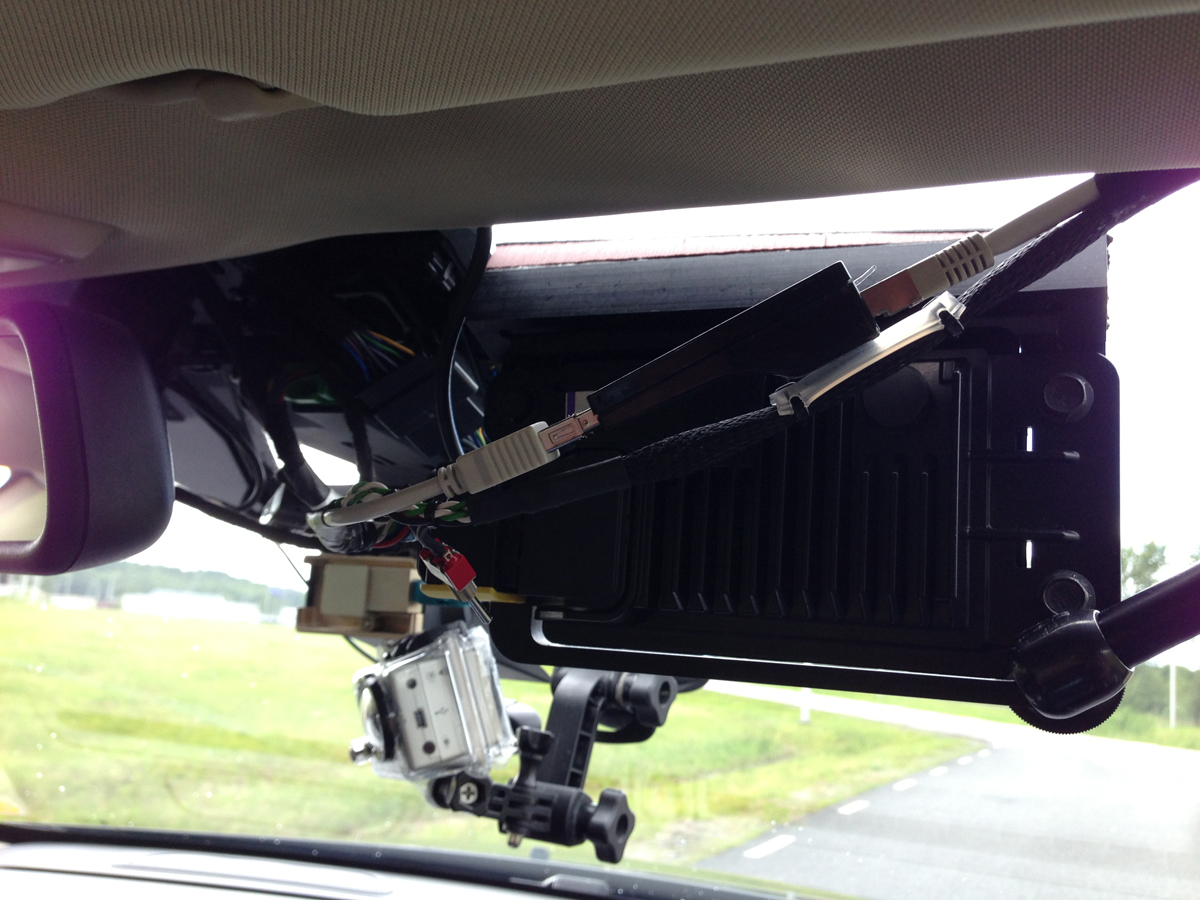
The current state of research into self-driving cars is mainly focussed on giving vehicles the intelligence to be aware of their surroundings and react to them. Cameras, laser beams, GPS receivers and other sensors festoon the surface of these vehicles so that they can spot potential problems – like someone racing up too fast behind you or a pothole in the road ahead – and taking appropriate action.
The next stage of development, however, is to get cars talking together over local networks or even 4G connections. That way, the cars could self-organise into the most efficient and safe driving patterns possible, something that researchers at IEEE believe could increase the capacity of our roads by 273%.
But really, the technology must be years off?
Mercedes-Benz already has a semi-autonomous version of its S-Class out now. That car has an augmented cruise control which can keep you in the centre of a motorway lane. GM and Volvo both plan to release more mass-market cars with similar systems within the next three years.
The biggest news, however, is that just a week after Nissan said it would have fully autonomous cars on the streets by 2020, Volvo announced that it will trial a fleet of 100 self-driving vehicles in its home town of Gothenburg, Sweden by 2017.
These will be safe enough, says Volvo, that the drivers won’t have to monitor the car’s behaviour constantly and will be able to relax and read the paper as they go.
Isn’t Volvo a little, well, sensible to be getting into exciting things like robot cars?
Swedish government has set itself the ambitious target of zero traffic fatalities by 2020 – Volvo itself says it wants no-one to be killed by one of its (new) cars by the same date.
We even spent time driving (well, not driving) Volvo’s autonomous car last year. And we were impressed.
Volvo, huh? Next you’ll be telling me Milton Keynes is on the cutting edge…
Actually Milton Keynes is so far beyond the cutting edge on this one it’s doubled round and knocked itself out on the blunt side of the knife. A fleet of 100 pod-like vehicles capable of travelling at up to 12mph is set to arrive in the town some time in 2017, following a vanguard attack of 20 such vehicles next year.
The space-y looking pods seat two people, and the initial batch will only be able to move down specially designated pathways. The second wave, however, will be equipped with sensors for avoiding collisions and be allowed to share routes with pedestrians.
David Cameron has also said that he wants to go further, and make the UK a leader in driverless car tech.
Driverless pods in Milton Keynes? Is this the Reliant Robin of the future?
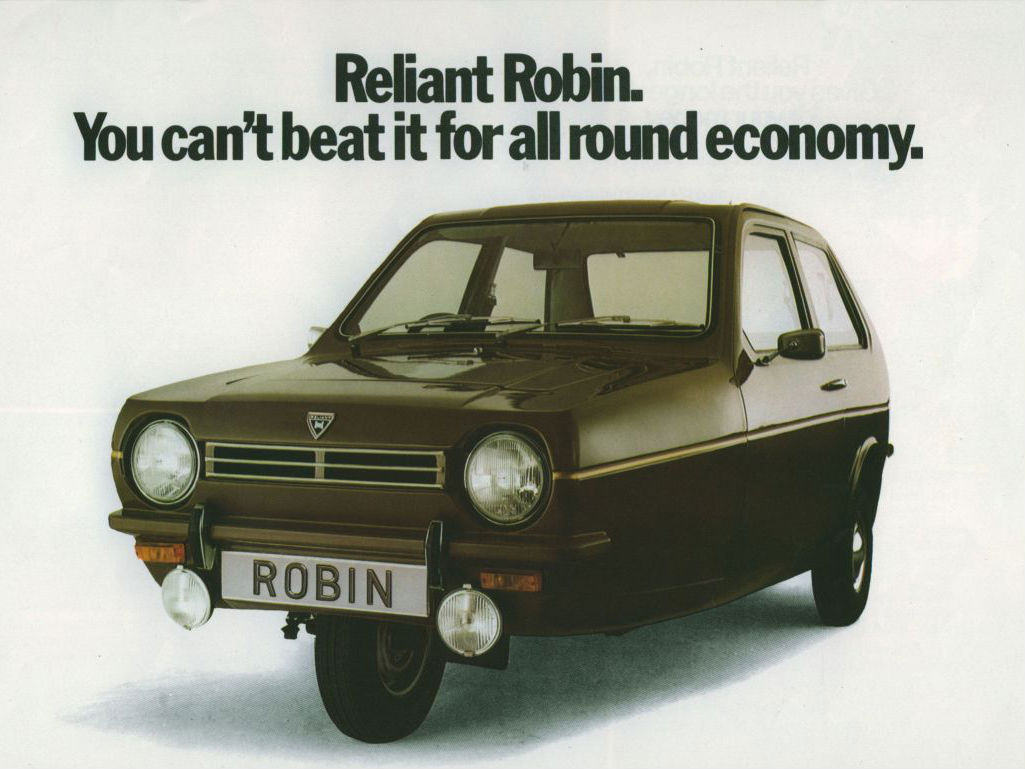
You do know Reliant built an electric sportscar that predated the Tesla by 30 years, don’t you?
Everything I know is wrong.
Yes, it probably is.

